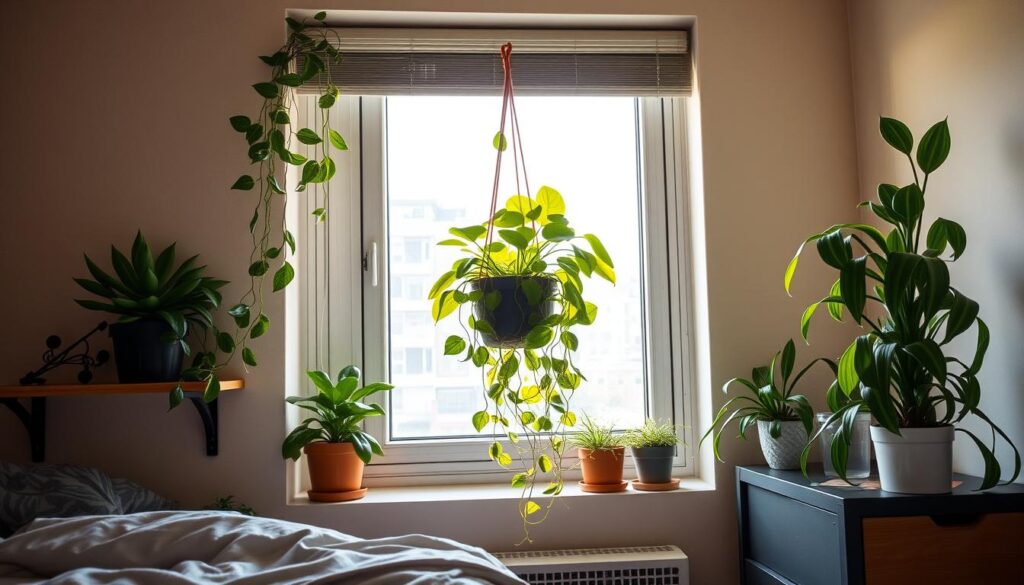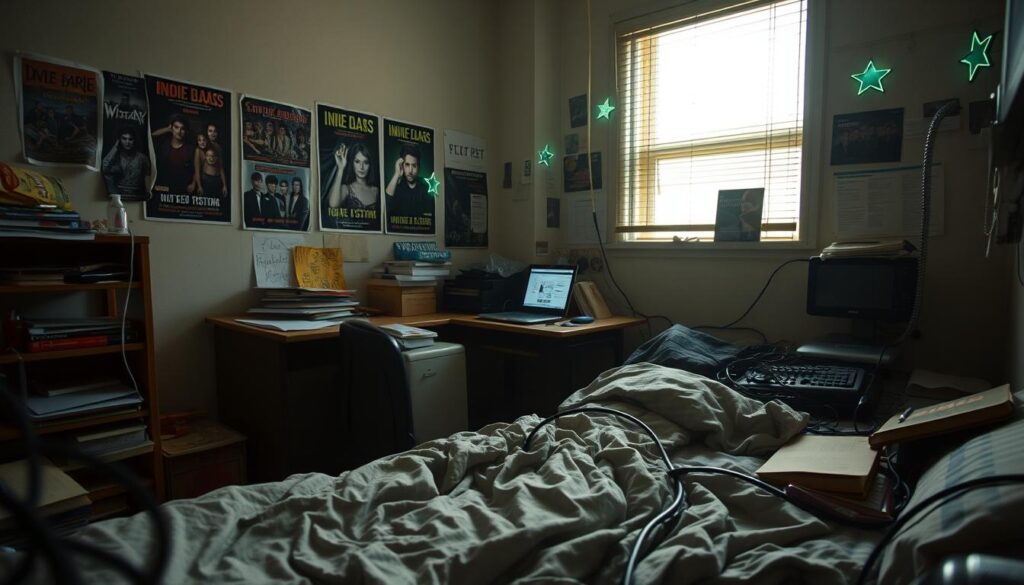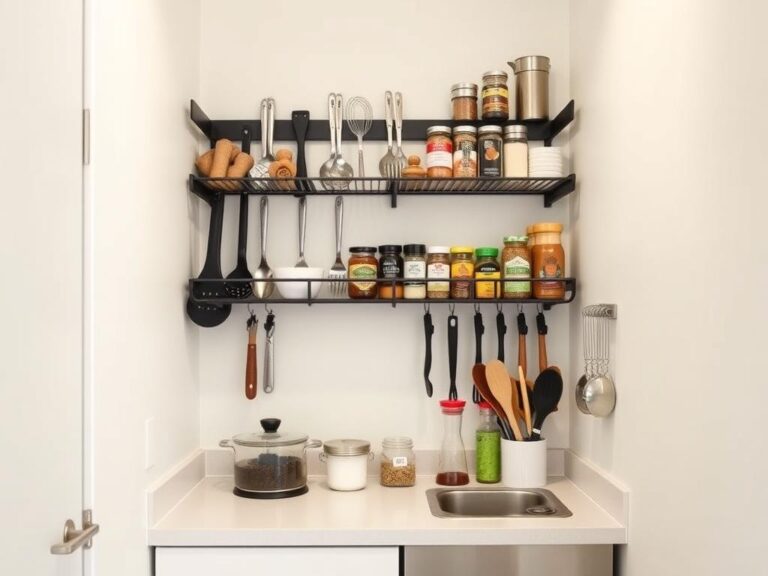Dorm-friendly plants that survive forgetful students
Discover the best dorm-friendly plants that thrive with minimal care, perfect for busy students. Learn more about low-maintenance options.
College life brings endless demands, but your living space shouldn’t feel lifeless. Adding greenery to dorm rooms creates a welcoming atmosphere while offering proven benefits like stress relief and better focus during study sessions. The right choices thrive even when watering schedules slip your mind or sunlight is scarce.

Dorm environments pose unique challenges: cramped quarters, inconsistent lighting, and hectic routines. Yet certain species adapt beautifully to these conditions. These resilient options purify air, survive irregular care, and bring natural beauty to small spaces without demanding constant attention.
This guide focuses on varieties that handle neglect gracefully. From succulents that store water to trailing vines that flourish in low light, each selection balances hardiness with visual appeal. Discover how to transform sterile rooms into vibrant, productive spaces with minimal effort.
Key Takeaways
- Greenery reduces stress and improves air quality in compact dorm rooms
- Low-light tolerant species adapt to limited window space
- Drought-resistant varieties withstand irregular watering
- Compact growth habits fit tight living quarters
- Non-toxic options ensure pet and roommate safety
- Easy-care selections require less than 10 minutes weekly
Introduction: Transforming Your Dorm with Indoor Greenery
Dorm rooms often lack personality, but indoor plants offer an easy solution. These living accents do more than decorate—they create healthier, more productive spaces where students thrive. Studies reveal their power goes beyond aesthetics, with measurable impacts on well-being and academic performance.
How Plants Enhance Dorm Living
Greenery acts as a natural air filter in tight spaces. Research shows certain species remove 87% of airborne toxins within 24 hours. This matters in rooms with limited windows or recycled ventilation systems.
“Students with plants in their study areas demonstrated 70% higher focus during exams,” reports the American Horticultural Therapy Association.
What Else Would You Like to Know?
Choose below:
Beyond cleaner air, leafy companions reduce cortisol levels. A 2023 study found students near greenery recovered from stress 42% faster than those in plant-free zones. Their presence also softens institutional environments, making cinderblock walls feel welcoming.
| Benefit | Impact | Ideal For |
|---|---|---|
| Air purification | Removes formaldehyde & benzene | Shared dorm spaces |
| Stress reduction | Lowers heart rate by 8% | Exam weeks |
| Noise absorption | Reduces echo by 30% | Group study areas |
The Benefits of Low-Maintenance Houseplants
Busy schedules demand greenery that survives neglect. Snake plants and pothos thrive with just 10 minutes of care weekly. Their resilience lets students enjoy nature’s perks without added stress.
These hardy varieties also build confidence. Nursing a living thing through finals week creates accomplishment between classes. As one psychology professor notes: “Caring for plants teaches time management—a skill that translates directly to academic success.”
Understanding Dorm Living Conditions
College dorms present unique environmental factors that demand strategic plant selection. Small windows and shared climate controls create specific growing conditions needing special consideration. Success lies in matching greenery to these parameters rather than fighting against them.

Light and Space Challenges
Most dorm rooms receive limited natural light—often through north-facing windows or narrow openings. This requires species that thrive in medium to low brightness. Vertical solutions like wall-mounted planters maximize unused air space while keeping surfaces clear.
| Challenge | Smart Solution | Plant Benefit |
|---|---|---|
| Small windows | Reflective surfaces | Boosts light diffusion |
| Tight quarters | Hanging baskets | Saves desk space |
| Dim corners | Grow bulbs | Supports photosynthesis |
Adapting to Minimal Care
Academic rhythms mean watering routines often get disrupted. Drought-tolerant varieties store moisture for weeks, surviving skipped sessions. As horticulturist Dr. Ellen Torres notes: “Students need species that forgive forgetfulness without sacrificing visual appeal.”
Shared heating systems cause temperature swings between semesters. Slow-growing types adjust better to these shifts than fast-developing alternatives. Always verify housing rules about hanging displays before installing planters.
Dorm-Friendly Plants: Low-Maintenance Options for Your College Space
Between classes and social commitments, students need greenery that adapts to their rhythm. The best options handle unpredictable schedules while enhancing cramped quarters. Let’s explore the traits that help vegetation survive—and thrive—in academic environments.
What Makes a Plant Dorm-Friendly?
Survivors of college life share key strengths. First, they tolerate inconsistent watering—think varieties storing moisture in leaves or roots. These champions rebound quickly if you forget a week’s hydration.
Light flexibility proves equally vital. Many dorm rooms rely on artificial sources or filtered sunlight. Species thriving in medium-to-low brightness avoid the “leggy growth” seen in light-starved plants.
Space constraints demand compact sizes. Ideal picks grow slowly, staying under 12 inches tall. This keeps them desk-friendly without constant pruning. As botanist Dr. Nina Patel observes: “Small-stature plants create big impacts in tight spaces.”
Durability matters most. Temperature swings from shared heating systems? Check. Occasional knocks during room rearrangements? No problem. Non-toxic varieties add safety for curious pets or study buddies.
Finally, propagation ease lets students expand their jungle affordably. A single clipping can grow new plants for roommates—perfect for building community through greenery swaps.
Integrating Greenery into Your Dorm Decor
Even the smallest dorm room can bloom with life through clever plant arrangement. Strategic placement turns limited square footage into lush displays that enhance both aesthetics and air quality. The key lies in matching greenery to your room’s unique layout and light availability.
Creative Display Ideas
Windowsills become natural stages for sun-loving varieties, while desk corners offer easy-access spots for frequent care. Try these space-smart solutions:
- Stack floating shelves near study areas for vertical gardens
- Convert empty wall space with adhesive hooks for trailing vines
- Use colorful mugs or thrifted teacups as quirky planters
Dark corners needn’t stay barren. Clip-on grow lights let ferns thrive on bookshelves far from windows. As interior designer Mara Chen notes: “Layered lighting transforms functional decor into mood-enhancing features.”
Using Hanging Baskets and Desktops
Hanging baskets save precious surface area while adding dynamic texture. Macramé planters soften harsh room angles, and their height draws eyes upward—creating the illusion of more space. Keep these tips in mind:
- Position baskets near airflow sources for better plant health
- Rotate displays monthly to ensure even light exposure
- Group 3-5 small pots on trays for easy humidity management
Desk-friendly options like succulents in geometric planters double as stress-relieving study companions. For dry rooms, set pots on pebble-lined trays filled with water—this boosts moisture without daily misting.
Iconic Choices: Snake Plant, Pothos, and More
Two greenery champions stand out for their ability to thrive in academic environments while demanding little in return. These botanical superstars combine striking looks with near-unbreakable resilience, making them ideal for spaces where survival skills matter more than delicate beauty.
Snake Plant: The Ultimate Resilient Option
The snake plant earns its reputation as the dorm room MVP. Its sword-like leaves with yellow edges grow vertically, adding structure to cramped spaces. Unlike fussier varieties, it thrives in low light corners or sunny windowsills with equal ease.
Watering needs couldn’t be simpler: soak the soil every 2-3 weeks and forget. Horticulturist Dr. Rachel Kim notes: “Their water-storing roots survive missed sessions better than most succulents.” This toughness makes them perfect for students juggling exams and social commitments.
Pothos: Perfect for Trailing Displays
Pothos vines bring movement to static spaces. Their heart-shaped leaves with marbled patterns cascade beautifully from shelves or climb makeshift trellises. Place them in hanging planters above desks to save surface area while boosting visual interest.
These growers adapt to nearly any light condition except direct sun. Let soil dry completely between waterings—overwatering causes more issues than neglect. A single plant can produce dozens of cuttings, allowing students to share green gifts with floor mates.
| Feature | Snake Plant | Pothos |
|---|---|---|
| Light Needs | All levels | Low-medium |
| Water Frequency | Every 2-3 weeks | Weekly |
| Growth Habit | Vertical | Trailing |
| Special Skill | Air purification | Rapid growth |
Exploring Unique Options: Money Tree, Ponytail Palm, and ZZ Plant
Beyond classic choices, three distinctive varieties offer character and resilience for student spaces. These unconventional picks combine striking appearances with survival skills that match academic rhythms.
Money Tree for a Sophisticated Touch
The money tree elevates dorm decor with its braided trunk and glossy leaves. This compact grower thrives in medium light, making it ideal for desks near east-facing windows. Keep soil slightly moist—water when the top inch feels dry.
Its palm-like foliage adds tropical flair without demanding humidity. As interior designer Luca Moreno notes: “The money tree’s architectural form brings maturity to student spaces—like having a living sculpture.”
ZZ Plant: Tough and Trendy
With waxy leaves that shine like polished jade, the ZZ plant survives semester-long neglect. Its potato-like rhizomes store water for months, bouncing back after holiday breaks. Place it anywhere from dark corners to sunlit shelves.
| Feature | Money Tree | Ponytail Palm | ZZ Plant |
|---|---|---|---|
| Light Needs | Medium | Bright | Any |
| Water Frequency | Weekly | Monthly | Bi-monthly |
| Special Trait | Braided trunk | Bulbous base | Waxy leaves |
The ponytail palm completes this trio with playful texture. Its swollen trunk stores hydration, while grassy leaves cascade like green fireworks. Perfect for sunny windowsills, it needs water only when soil completely dries—ideal for frequent travelers.
Low Maintenance Succulents and Air Plants for Busy Lives
Balancing academics and self-care requires greenery that thrives on autopilot. Succulents and air plants deliver vibrant textures without demanding constant attention, fitting seamlessly into packed schedules.
Succulents: Waterwise and Stylish
These drought-tolerant varieties store moisture in fleshy leaves, surviving weeks between waterings. Place them in pots with drainage holes near bright windows—they’ll flourish with just 15 minutes of care monthly.
From spiky cacti to rosette-shaped echeverias, succulents offer endless colors and forms. Their compact size suits desks and shelves, while stone-like varieties add modern flair. Allow soil to dry completely before rehydrating to prevent root rot.
Air plants eliminate soil needs entirely. Mount them on driftwood or place in hanging glass globes for floating displays. Weekly 10-minute dunks in water provide all the hydration they crave. Their silvery leaves filter air while adding whimsy to study nooks.
Both options adapt to artificial light, making them ideal for rooms with limited sunshine. Rotate specimens occasionally to maintain even growth patterns. With minimal effort, these resilient plants transform spaces into personalized oases.
FAQ
What defines a dorm-friendly plant?
How do indoor plants enhance dorm living?
Which plants grow well in dimly lit dorm rooms?
How often should I water houseplants in a dorm?
Are succulents suitable for students with hectic schedules?
Can trailing plants like pothos fit in compact spaces?
What are space-saving ways to display greenery in dorms?
Do snake plants need direct sun to grow?
How can I avoid overwatering my dorm room plants?
Can a money tree survive in dry dorm air?
Tiny Kitchen, Big Ideas: Organizing Your Small Student Kitchen
» See exclusive tips for your home








